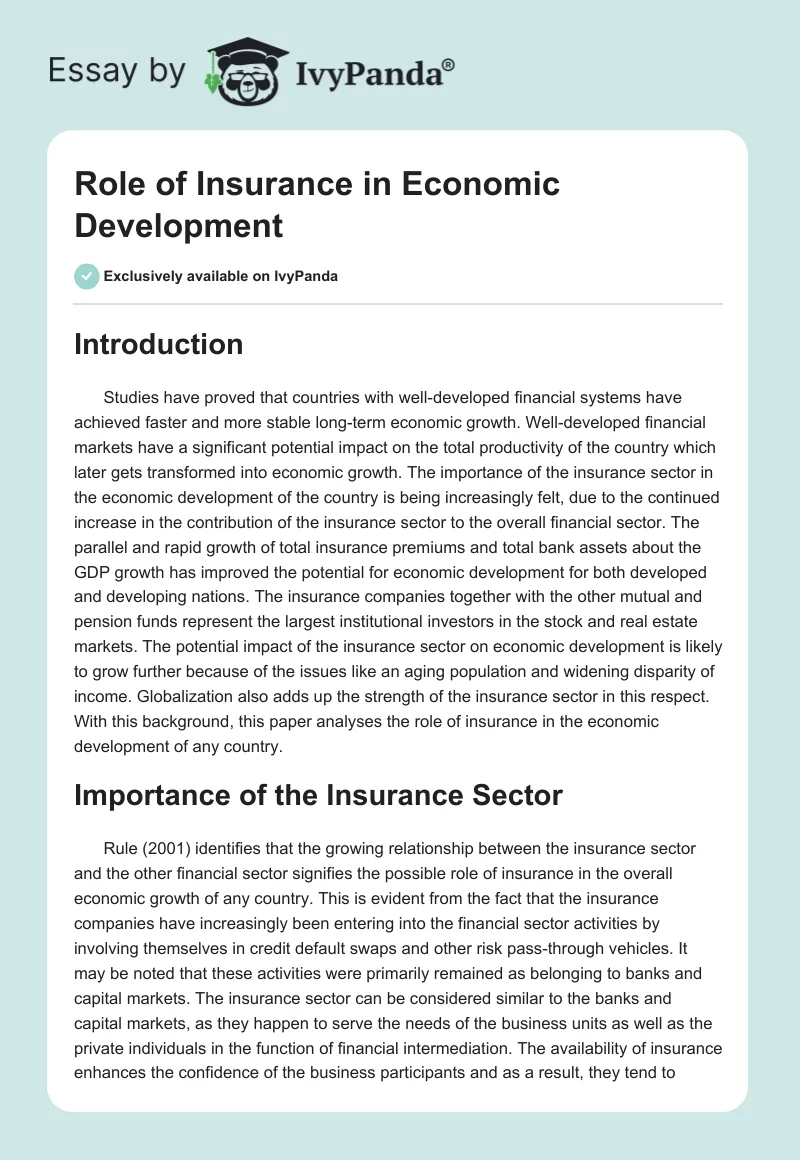The 7-Minute Rule for Pacific Prime
The 7-Minute Rule for Pacific Prime
Blog Article
Our Pacific Prime PDFs
Table of ContentsPacific Prime Can Be Fun For EveryoneThe Best Guide To Pacific PrimeThe Basic Principles Of Pacific Prime Pacific Prime for DummiesPacific Prime Things To Know Before You Buy

This is due to the fact that the data were accumulated for a period of strong financial efficiency. Of the estimated 42 million people who were without insurance, just about about 420,000 (regarding 1 percent) were under 65 years of age, the age at which most Americans end up being eligible for Medicare; 32 million were adults in between ages 18 and 65, about 19 percent of all adults in this age team; and 10 million were children under 18 years of age, regarding 13.9 percent of all children (Mills, 2000).
These quotes of the variety of individuals uninsured are created from the annual March Supplement to the Existing Population Survey (CPS), performed by the Demographics Bureau. Unless otherwise noted, national quotes of individuals without health insurance coverage and proportions of the population with various sort of coverage are based upon the CPS, one of the most commonly used resource of price quotes of insurance protection and uninsurance rates.
Everything about Pacific Prime

Still, the CPS is specifically beneficial due to the fact that it produces annual quotes reasonably quickly, reporting the previous year's insurance coverage estimates each September, and since it is the basis for a constant set of price quotes for greater than twenty years, allowing for evaluation of patterns in coverage with time. For these factors, as well as the extensive use the CPS in other studies of insurance policy protection that exist in this report, we count on CPS estimates, with restrictions noted.

The quote of the variety of uninsured people increases when a populace's insurance coverage condition is tracked for numerous years. Over a three-year period beginning early in 1993, 72 million people, 29 percent of the U.S. https://pastebin.com/u/pacificpr1me. population, lacked insurance coverage for at the very least one month. Within a single year (1994 ), 53 million individuals experienced at least a month without coverage (Bennefield, 1998a)
6 out of every ten without insurance adults are themselves employed. Although functioning does enhance the chance that a person and one's household participants will certainly have insurance policy, it is not a warranty. Even members of families with two permanent breadwinner have almost a one-in-ten opportunity of being without insurance (9.1 percent without insurance rate) (Hoffman and Pohl, 2000).
Our Pacific Prime Ideas
New immigrants make up a substantial percentage of individuals without wellness insurance. One analysis has attributed a substantial part of the current growth in the size of the U.S. uninsured populace to immigrants who got here in the nation in between 1994 and 1998 (Camarota and Edwards, 2000). Current immigrants (those that involved the United States within the past four years) do have a high rate of being uninsured (46 percent), but they and their youngsters make up just 6 percent of those without insurance policy across the country (Holahan et al., 2001).
The relationship in between wellness insurance policy and accessibility to Resources care is well established, as documented later in this chapter. The connection between health insurance policy and health end results is neither direct nor easy, a considerable medical and health services research literary works web links wellness insurance protection to better accessibility to care, better quality, and boosted personal and population health standing.
Levels of evaluation for checking out the effects of uninsurance. It concentrates specifically on those without any type of wellness insurance for any type of size of time.
The 5-Minute Rule for Pacific Prime
The issues encountered by the underinsured remain in some areas comparable to those dealt with by the uninsured, although they are typically less severe. international travel insurance. Uninsurance and underinsurance, nonetheless, include definitely various plan problems, and the methods for addressing them may vary. Throughout this research and the 5 records to adhere to, the main focus gets on individuals without medical insurance and thus no aid in spending for health and wellness treatment past what is available via charity and safeguard institutions
Wellness insurance is a powerful aspect affecting invoice of care due to the fact that both individuals and physicians reply to the out-of-pocket price of solutions - https://triberr.com/pacificpr1me. Health and wellness insurance coverage, however, is neither necessary neither adequate to get to clinical services. The independent and straight effect of wellness insurance coverage on accessibility to health solutions is well established.
Others will acquire the health and wellness care they require even without medical insurance, by spending for it out of pocket or seeking it from providers who supply care cost-free or at highly subsidized rates. For still others, wellness insurance alone does not make sure receipt of care due to various other nonfinancial barriers, such as an absence of healthcare carriers in their area, limited access to transport, illiteracy, or etymological and social differences.
The 4-Minute Rule for Pacific Prime
Official research about without insurance populaces in the USA dates to the late 1920s and very early 1930s when the Committee on the Price of Healthcare produced a series of reports regarding funding medical professional office check outs and hospital stays. This problem ended up being prominent as the varieties of clinically indigent climbed up throughout the Great Clinical depression.
Report this page